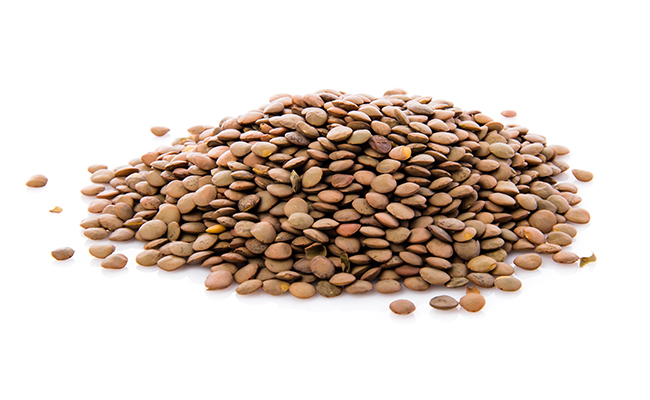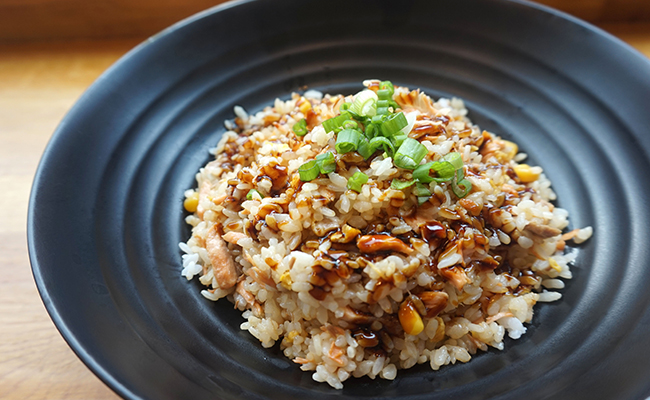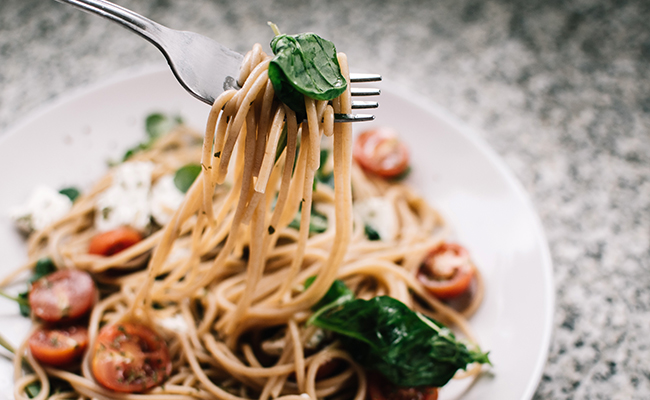6 Low GI Foods That Can Keep You Fuller for Longer
If you’ve ever considered eating healthier you may have come across the Low GI Diet. This diet advocates eating low GI foods to help fuel your body with more energy for a longer period of time. This is different from other foods that make you feel full but burn energy quicker, leaving you feeling tired and sluggish. Generally, this diet is recommended to diabetics, but by following the glycemic index food chart, everyone can benefit from drastically improved health results.
What is the Glycemic Index Food Chart?
Simply put, the GI measures the carbohydrates in food and ranks them based on how they affect your blood sugar levels. The food chart lays this out into three different groups: Low, Medium and High. The scores then range from 0-100 and this determines where it fits into the groups.
- Low Glycemic Food: 0-55
- Medium Glycemic Food: 56-69
- High Glycemic Food: 70+
Low GI foods are what you should be consuming because they are digested and absorbed slower than medium or high GI foods. This means they cause blood sugar levels to rise less and much slower.
Since the glycemic index food chart can only measure foods that contain carbohydrates, it does not contain any foods without carbs. So, you won’t find any meat (beef, chicken, fish), eggs or herbs on the list.
Why should you eat Low GI foods?
Have you ever eaten a meal and just a few hours afterwards you feel tired and sluggish? Or how about after eating a really heavy meal and right away you go into a food coma? It’s probably because you’re eating foods that are high on the glycemic index food chart.
High GI foods are vicious to your body because they not only make you feel low in energy, they also make you hungry. High GI foods burn quicker which leads to decreased energy and an empty stomach. It also leads to significant weight gain. Because you feel hungry more often, you keep eating which increases your calorie consumption and packs on the pounds.
Continuously eating high GI foods can lead to many physical and mental health conditions such as:
- Type 2 diabetes
- Heart disease
- Stroke
- Cancer
- Kidney disease
- Anxiety
- Depression
- Gallstones
Studies have shown that people who eat low GI foods significantly reduce their risk of developing medical conditions such as these. The trick is not to restrict yourself to only low GI foods, but to eat a balanced diet primarily consisting of low GI food. It’s okay to treat yourself to a high GI cake once and awhile, but always remember to balance it out with a low GI vegetable or fruit.
What are some low GI foods?
If you’re super pumped about following the glycemic index food chart you’re probably wondering what foods are considered low GI foods. To help get you started, here’s a list of some super healthy options that should be combined with a lean protein source (like chicken).
Lentils
Lentils are nature’s best vegetarian protein. They’re low on the glycemic index food chart, high in fiber, low in sugar and pack with lots of great vitamins and minerals that your body needs. A cup of lentils for lunch or dinner is all you need to keep you full of good energy. The great thing is, you can cook them in so many different ways. It’s hard to get bored of them!
Brown Rice
If you’re looking for a side to go with your main course, then brown rice is a great alternative to white rice or bread. Not only does it have longer lasting carbohydrate energy, it also lots of protein and dietary fiber. You’ll stay fuller longer, and it’ll help keep things in your body regulated and flowing smoothly.
Pasta
Pasta may not seem like the obvious choice for a low GI food, but it actually only has a score of 45 on the glycemic index food chart. However, this doesn’t apply to all types of pasta. The key is to eat smaller and thinner noodles, like linguine or macaroni. And for the sauce, try making your own instead of using pre-made ones. Store bought sauce tends to have a lot of sugar and preservatives making it a high GI food.
Vegetables
You can never go wrong with adding vegetables to your diet! Things like broccoli and baby carrots are especially good for you, with an extremely low GI score and tons of fiber. Fresh vegetables are the best and should be chosen over frozen and canned vegetables. But the great thing is you can use them in everything! From a main course to a simple afternoon snack.
Blueberries
Different fruits have different GI scores and some fruits are actually quite sugary. But, three fruits that are considered low GI foods are blueberries. While blueberries are technically a medium GI food, they’re considered to be a low GI food because of their awesome health benefits. They fulfill 25% of your fiber needs and they’ve got just enough sugar to curb your sweet tooth.
Apples
Another delicious fruit that’s a low GI food are apples. They’re low in fat, high in fiber and are great at helping your body absorbed its daily nutrients. They do have a lot of sugar, so you may want to eat it throughout the day as a snack. But either way an apple a day really does keep the doctor away!







